Historical figures who loved animals dearly
Throughout history, many prominent figures have shared their lives with beloved animal companions. These relationships often offer fascinating glimpses into the personalities of historical icons, revealing their softer sides and deep affections.
From loyal steeds to exotic pets, these animals have not only provided companionship but also inspired creativity and compassion. Let’s delve into the intriguing connections between some of history’s most famous individuals and their cherished animals.
Alexander the Great and His Loyal Steed, Bucephalus
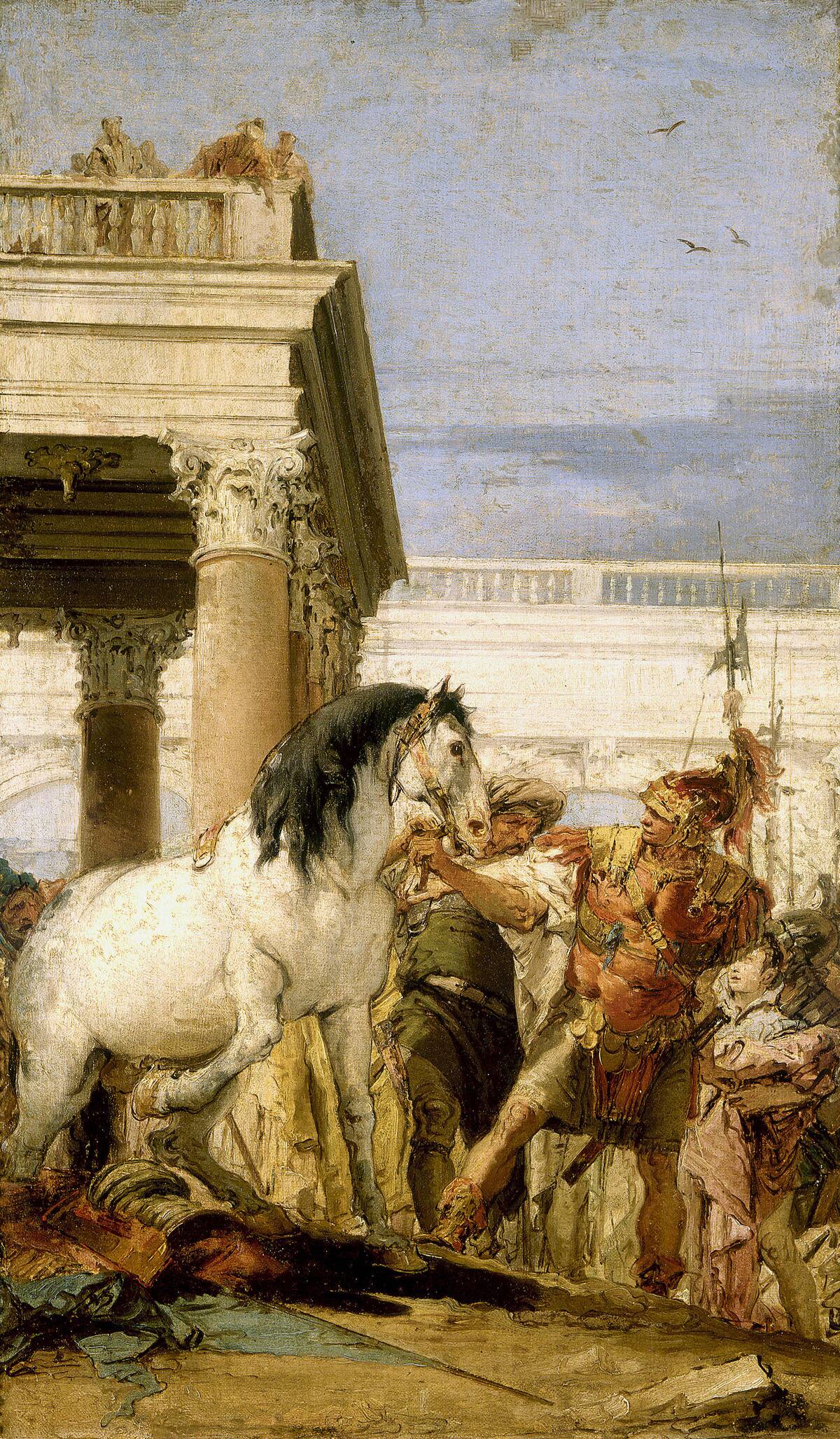
Alexander the Great’s bond with Bucephalus is legendary. This mighty horse was not only his trusty companion in battle but also a symbol of his leadership and courage.
Known for being untamable, Bucephalus was conquered only by Alexander, showcasing the mutual respect and understanding between the two. Their partnership was so profound that Alexander named a city, Bucephala, in his steed’s honor after its death.
Cleopatra and Her Exotic Menagerie
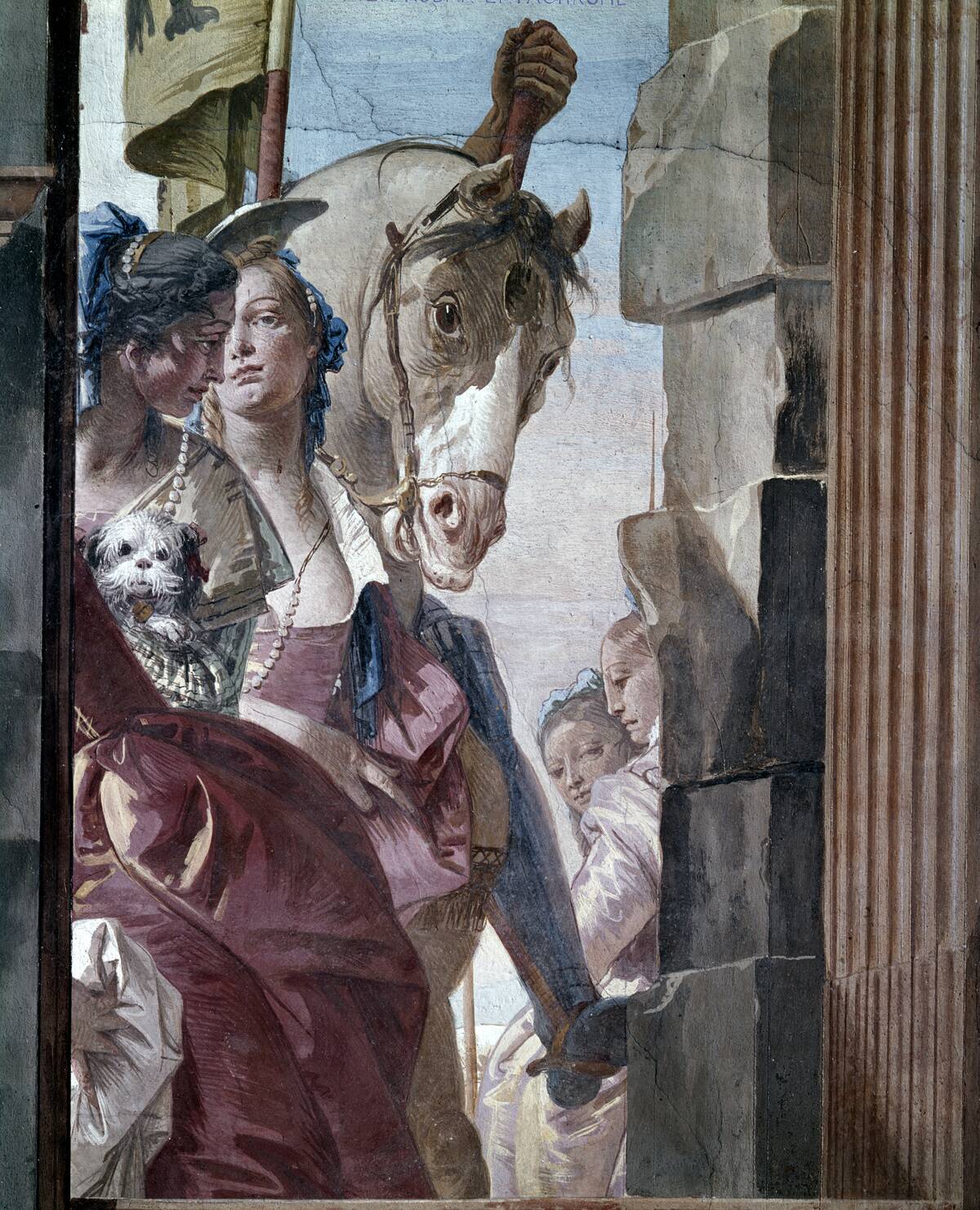
Cleopatra, the famed Egyptian queen, was known for her love of exotic animals. Her royal menagerie included a variety of creatures, from playful monkeys to majestic birds, reflecting her opulent lifestyle.
This fondness for exotic pets was emblematic of her desire to showcase Egypt’s wealth and her own unique charisma. Cleopatra’s passion for animals extended beyond mere display; it represented her fascination with the natural world’s beauty and mystery.
Mahatma Gandhi: Advocate for Animal Rights
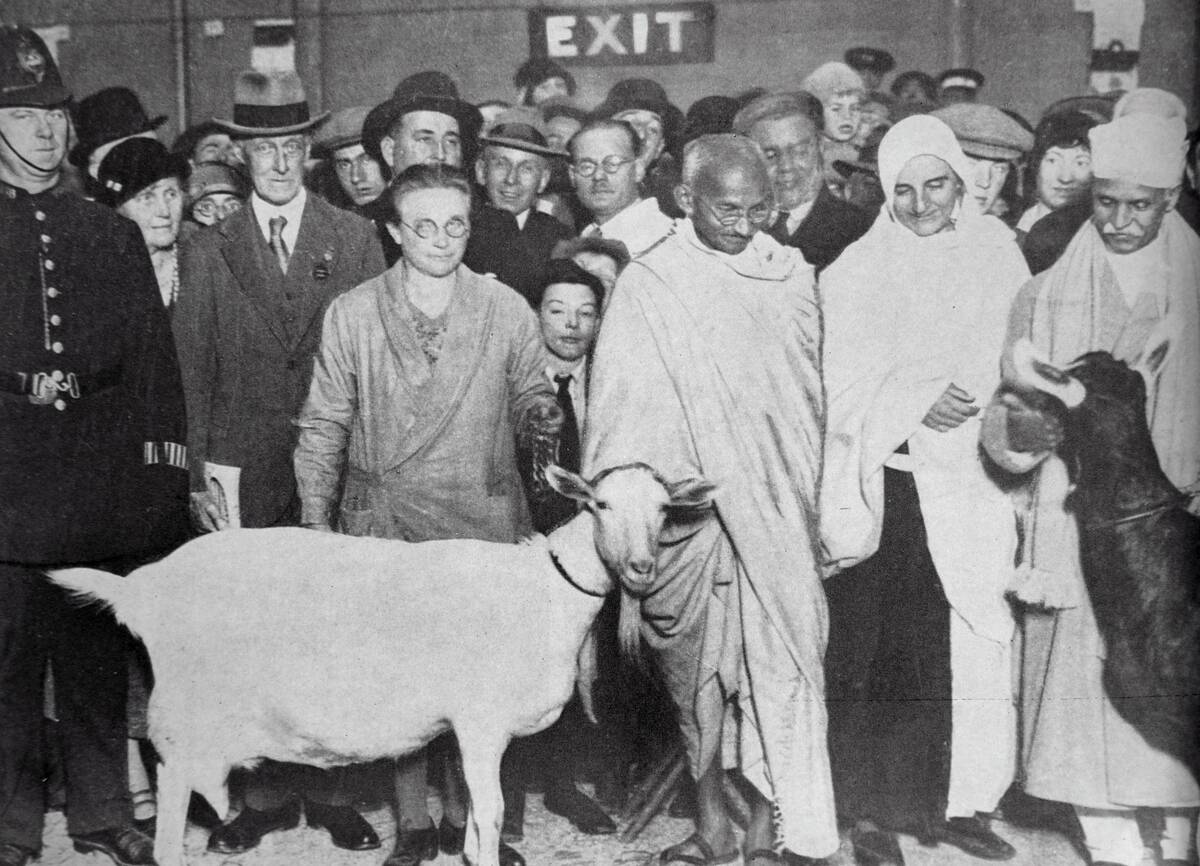
Mahatma Gandhi’s commitment to nonviolence extended to his advocacy for animal rights. He famously stated, “The greatness of a nation and its moral progress can be judged by the way its animals are treated.”
Gandhi’s vegetarian lifestyle and his campaigns for animal welfare highlighted his belief in the interconnectedness of all living beings. His philosophy inspired many to view animals as deserving of compassion and respect.
Charles Darwin and His Fascination with the Animal Kingdom
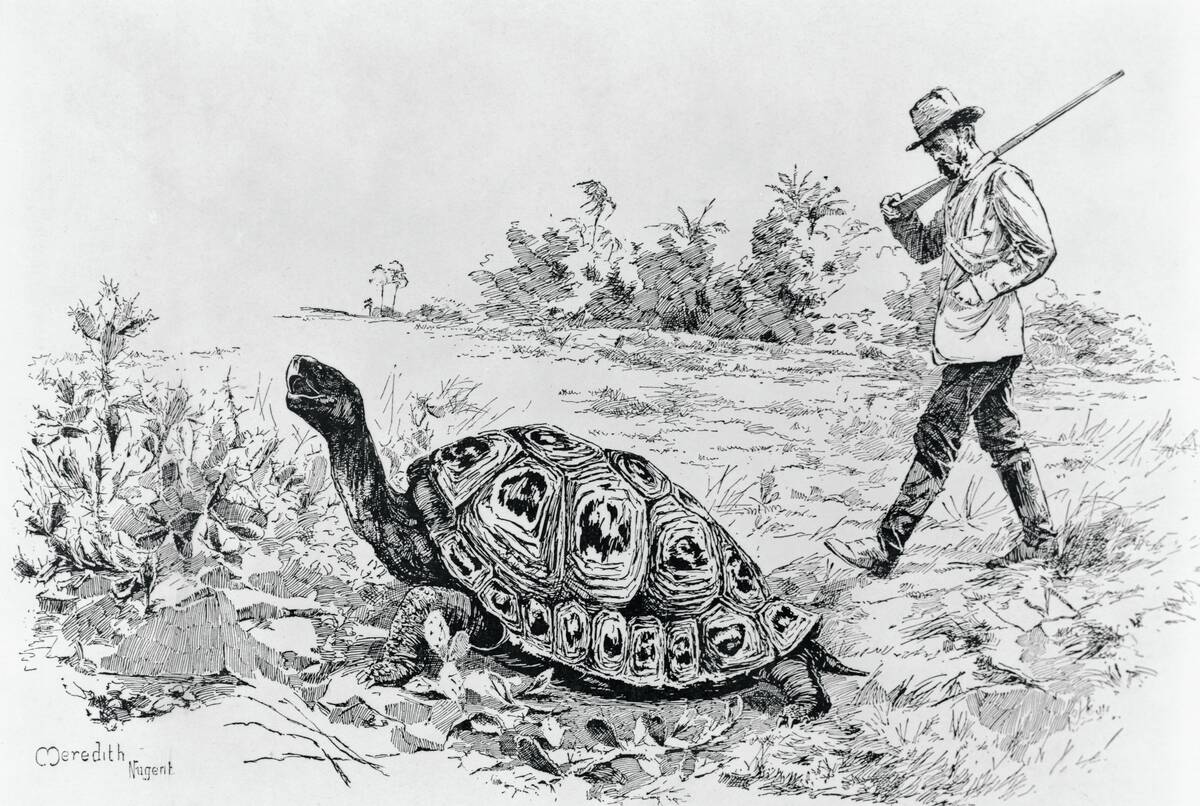
Charles Darwin’s keen interest in the animal kingdom was pivotal in developing his theory of evolution. His observations during the voyage of the HMS Beagle, particularly of the diverse species in the Galápagos Islands, led to groundbreaking insights.
Darwin’s meticulous study of animals like finches and tortoises helped him understand natural selection. His work fundamentally changed how we view the relationship between humans and the animal world.
Queen Victoria and Her Royal Pets
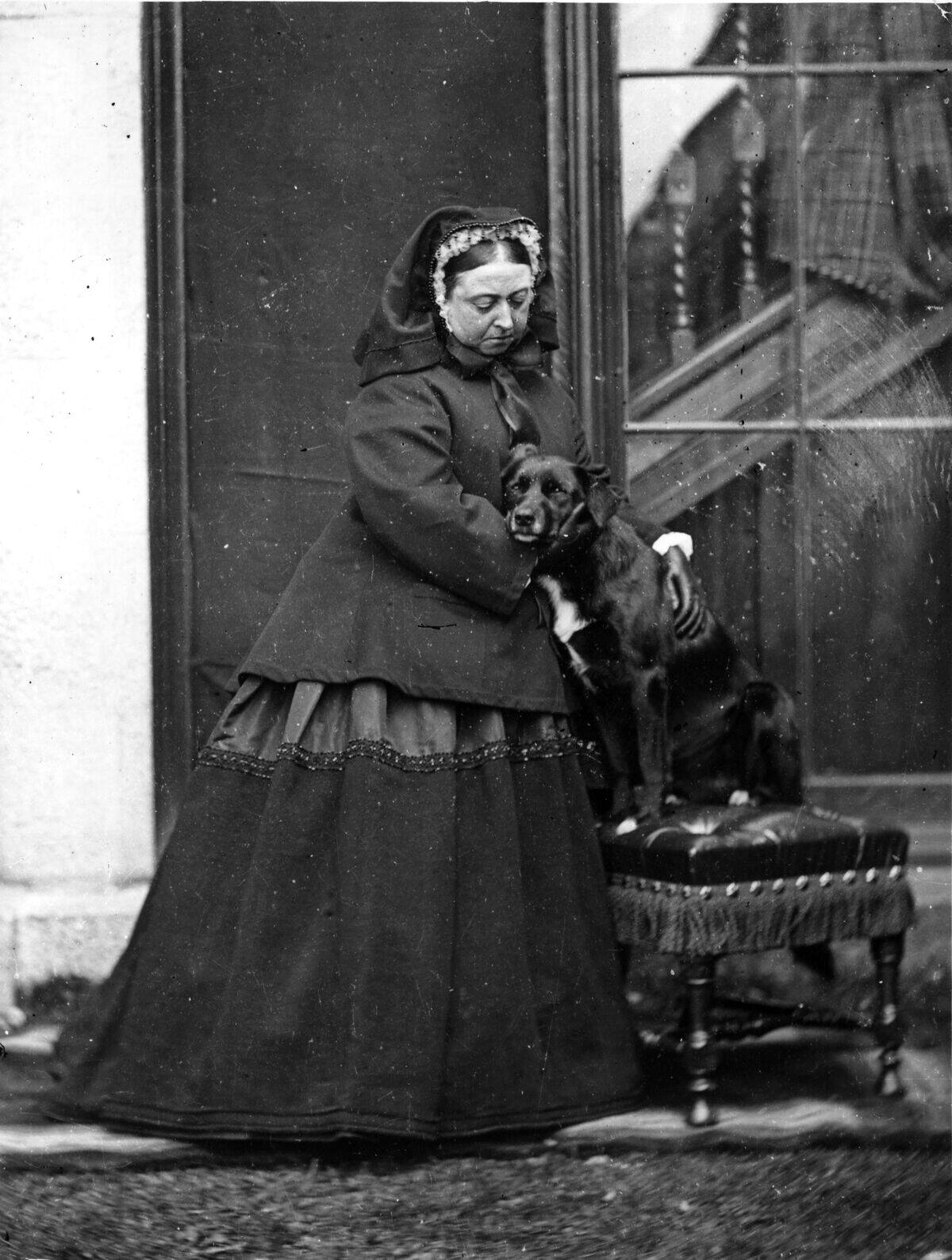
Queen Victoria’s affinity for animals was well-documented, with her many pets playing a significant role in her life. She had a particular fondness for dogs, especially her beloved Pomeranian named Turi.
Her affection for animals was reflected in her support for the Royal Society for the Prevention of Cruelty to Animals. Victoria’s pets were not only companions but also symbols of her nurturing nature and her influence on Victorian society’s attitudes toward animals.
Leonardo da Vinci: An Animal Lover Ahead of His Time
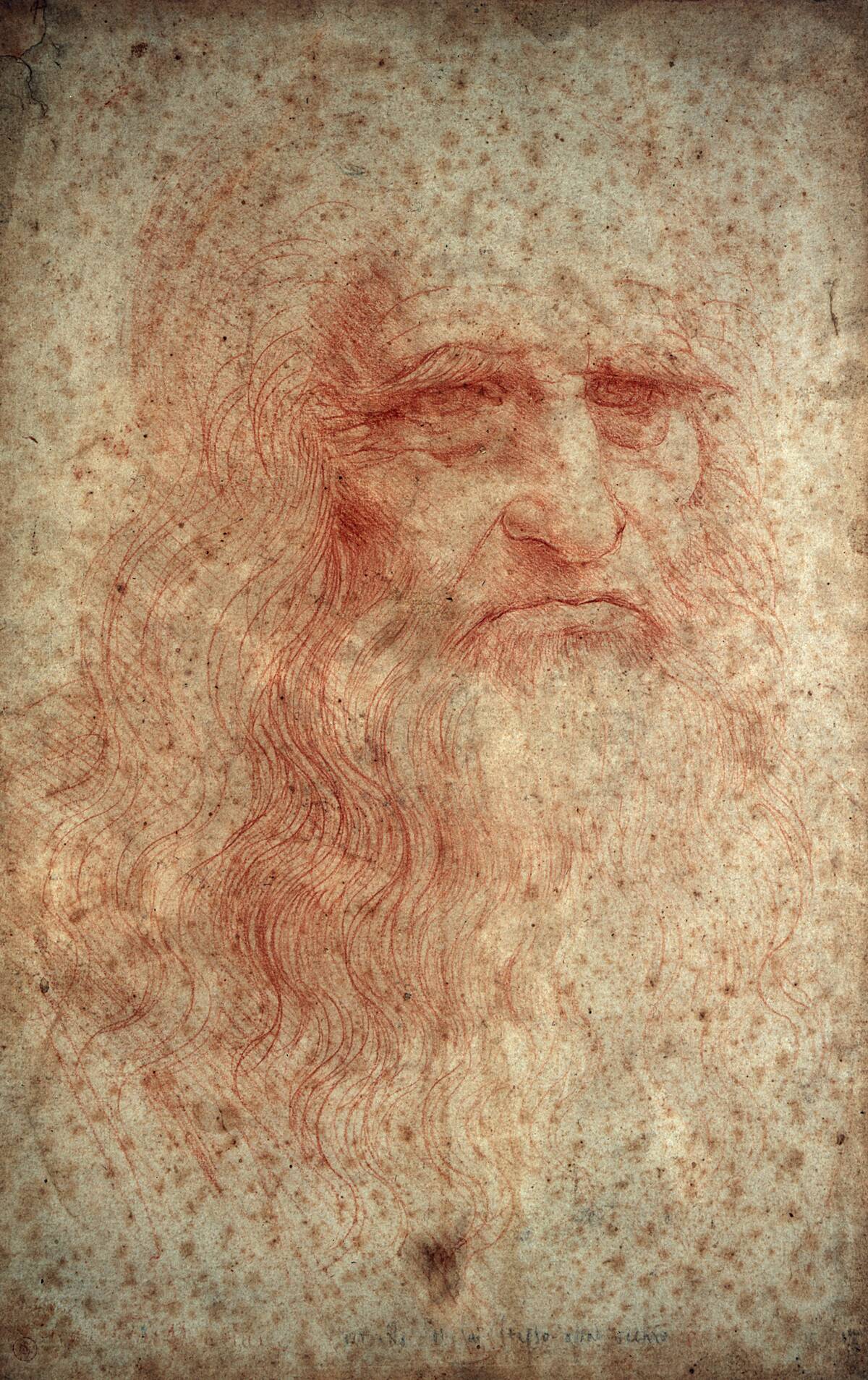
Leonardo da Vinci’s compassion for animals was evident in his writings and actions. He was known to purchase caged birds just to set them free, underscoring his belief in animal rights.
Leonardo’s sketches and studies of animals display his fascination with their anatomy and movement. His empathetic approach to animals was revolutionary for his time, reflecting a deep respect for all living beings that continues to inspire animal advocates today.
Florence Nightingale: Compassion for All Creatures
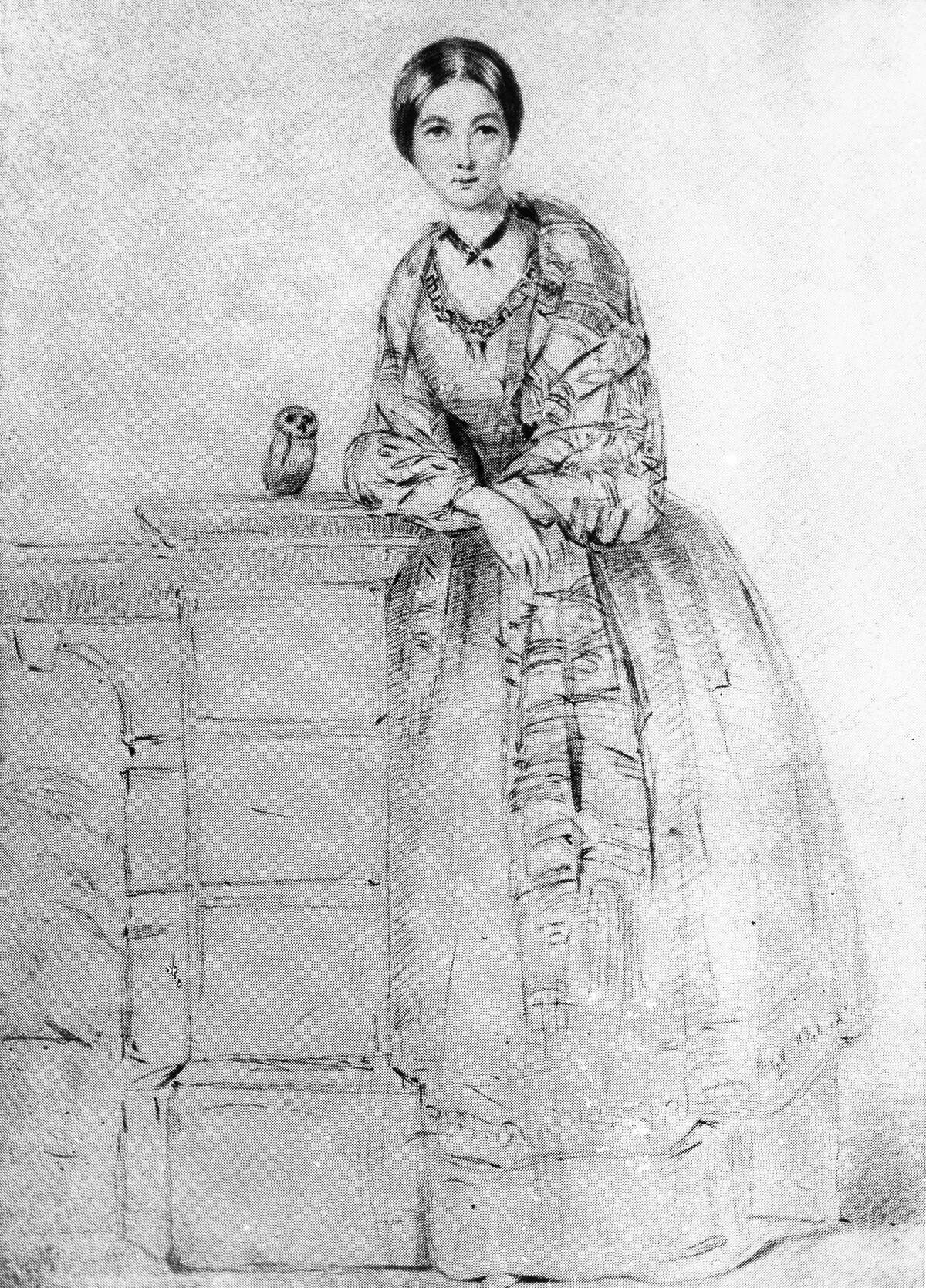
Florence Nightingale, renowned for her pioneering work in nursing, also held a deep compassion for animals. Her dedication to caring for living beings extended beyond humans to all creatures in need.
Nightingale often nursed sick animals back to health, showcasing her empathy and kindness. Her holistic approach to caregiving emphasized the importance of compassion in healing, illustrating her belief in the value of all forms of life.
George Washington and His Many Canine Companions
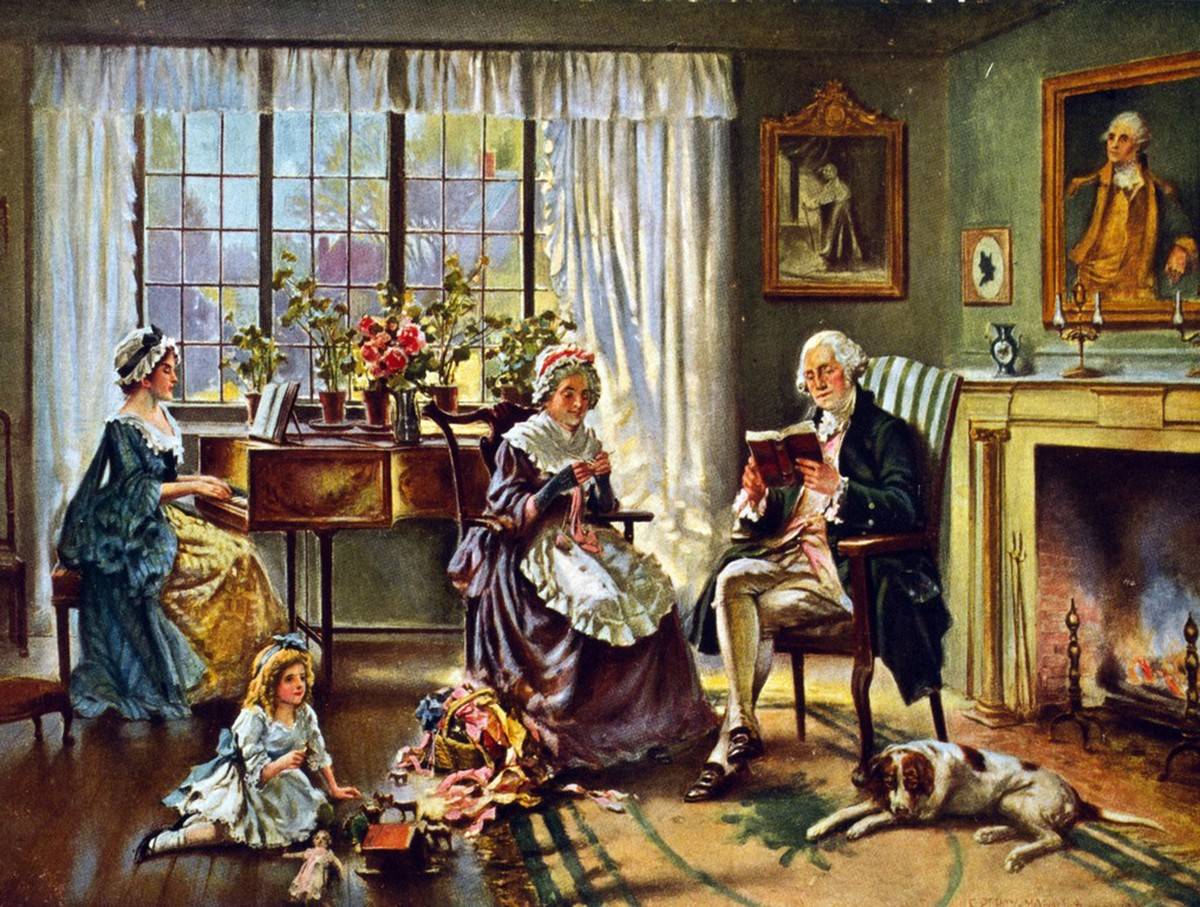
George Washington, the first President of the United States, had a notable fondness for dogs. He bred various types, including foxhounds, which he kept at his Mount Vernon estate.
Washington’s devotion to his dogs was evident in the unique names he gave them, such as Sweet Lips and Drunkard. His passion for breeding and training dogs reflected his appreciation for loyalty and companionship, traits he valued in both animals and humans.
Frida Kahlo and Her Menagerie of Exotic Pets
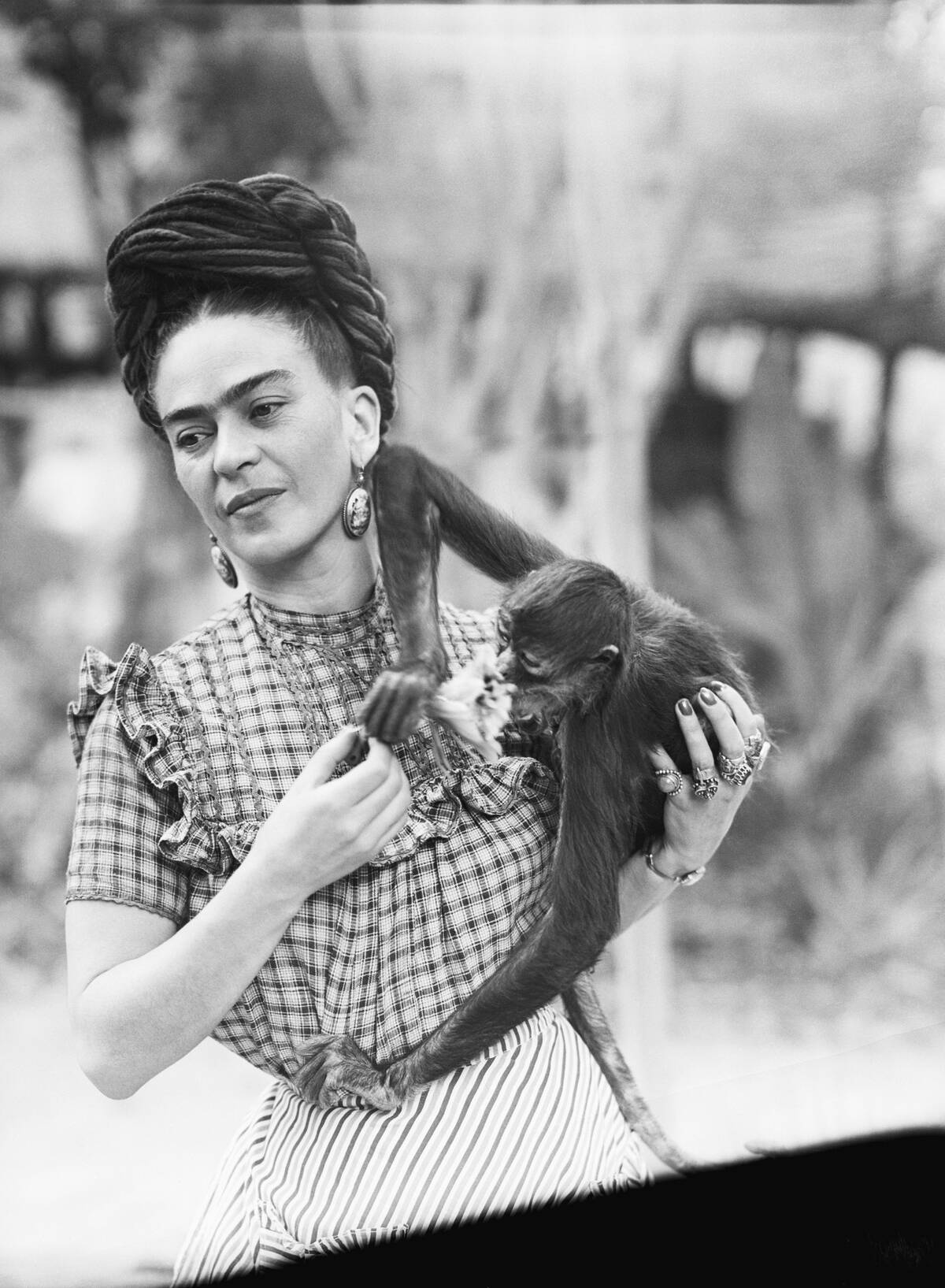
Frida Kahlo, the iconic Mexican artist, surrounded herself with a diverse array of pets that mirrored her vibrant personality. Her home, La Casa Azul, was inhabited by monkeys, parrots, and even a deer, all of which featured prominently in her artwork.
Kahlo’s connection with her animals was deeply personal, reflecting her love for life and the natural world. These creatures provided comfort and inspiration, playing a significant role in her creative expression.
Albert Einstein: A Genius with a Soft Spot for Animals
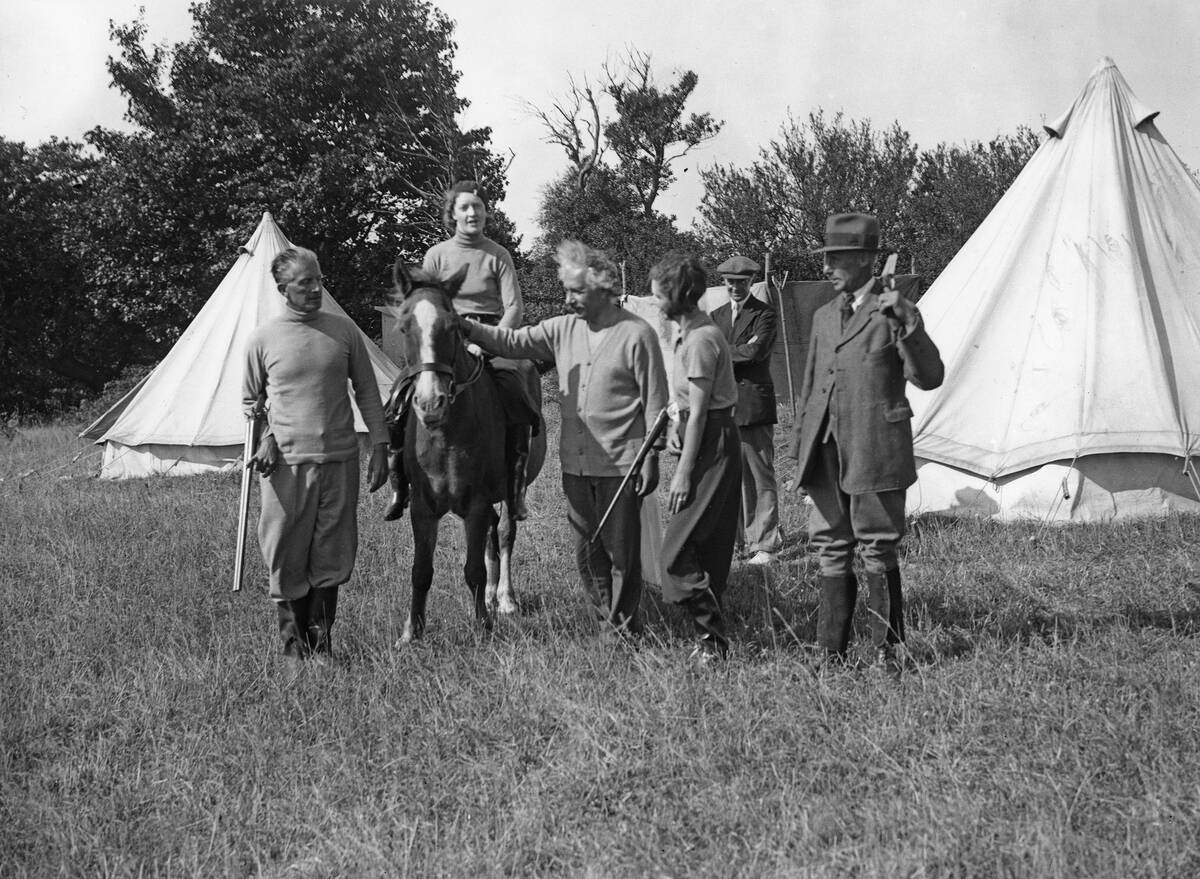
Albert Einstein, known for his groundbreaking contributions to physics, also harbored a soft spot for animals, particularly cats.
He often spoke about the joy and comfort they brought into his life, once noting that “a cat purring on your lap is the best form of relaxation.” Einstein’s love for animals extended to his advocacy for vegetarianism, aligning with his belief in nonviolence and empathy toward all sentient beings.
Theodore Roosevelt: The Conservationist President
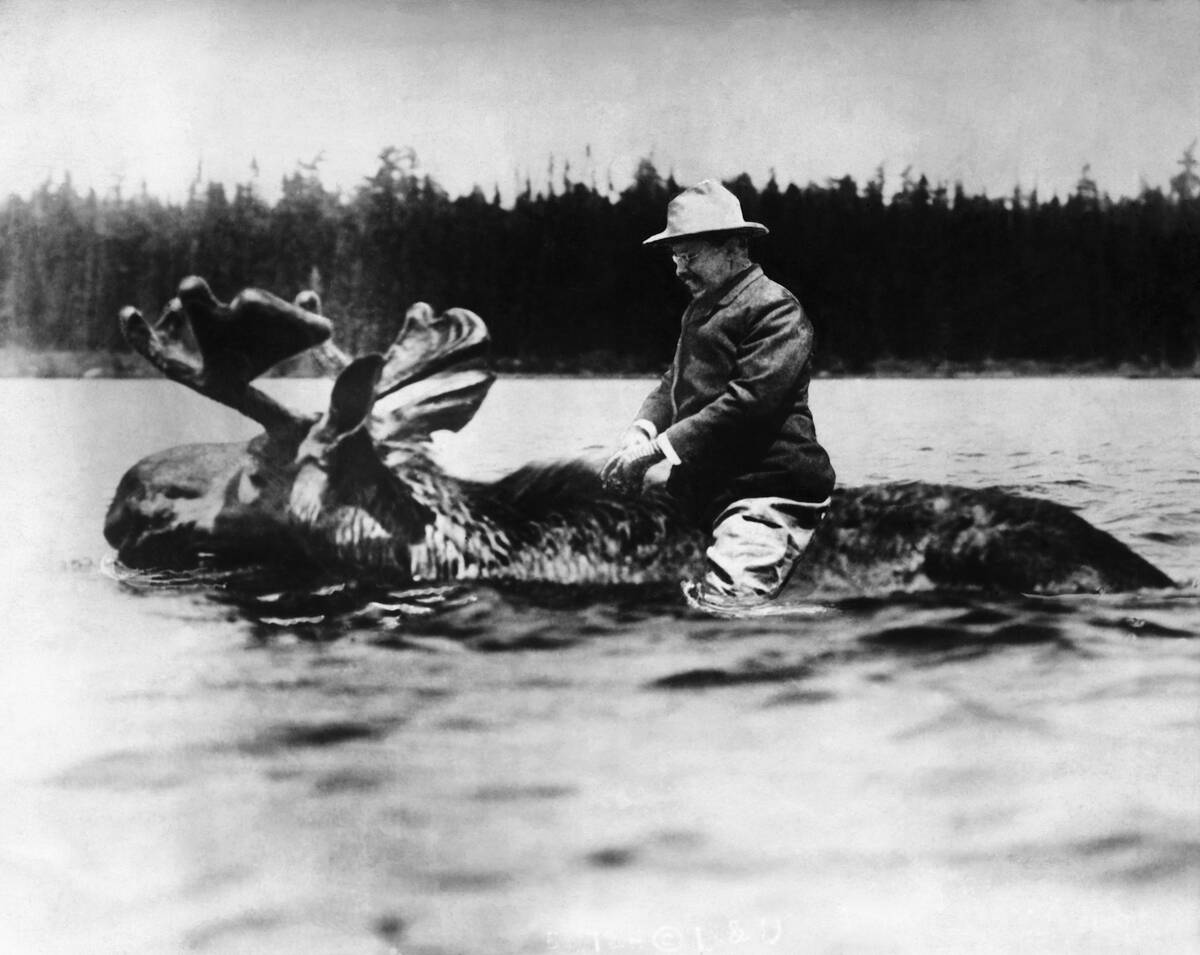
Theodore Roosevelt, the 26th President of the United States, was a staunch advocate for conservation and wildlife protection. His establishment of national parks and wildlife refuges highlighted his commitment to preserving natural habitats.
Roosevelt’s passion for nature was also evident in his diverse collection of pets, including a badger and a bear. His legacy as a conservationist president continues to inspire environmental efforts, emphasizing the importance of protecting the animal kingdom.
Emily Brontë and Her Devotion to Her Pets
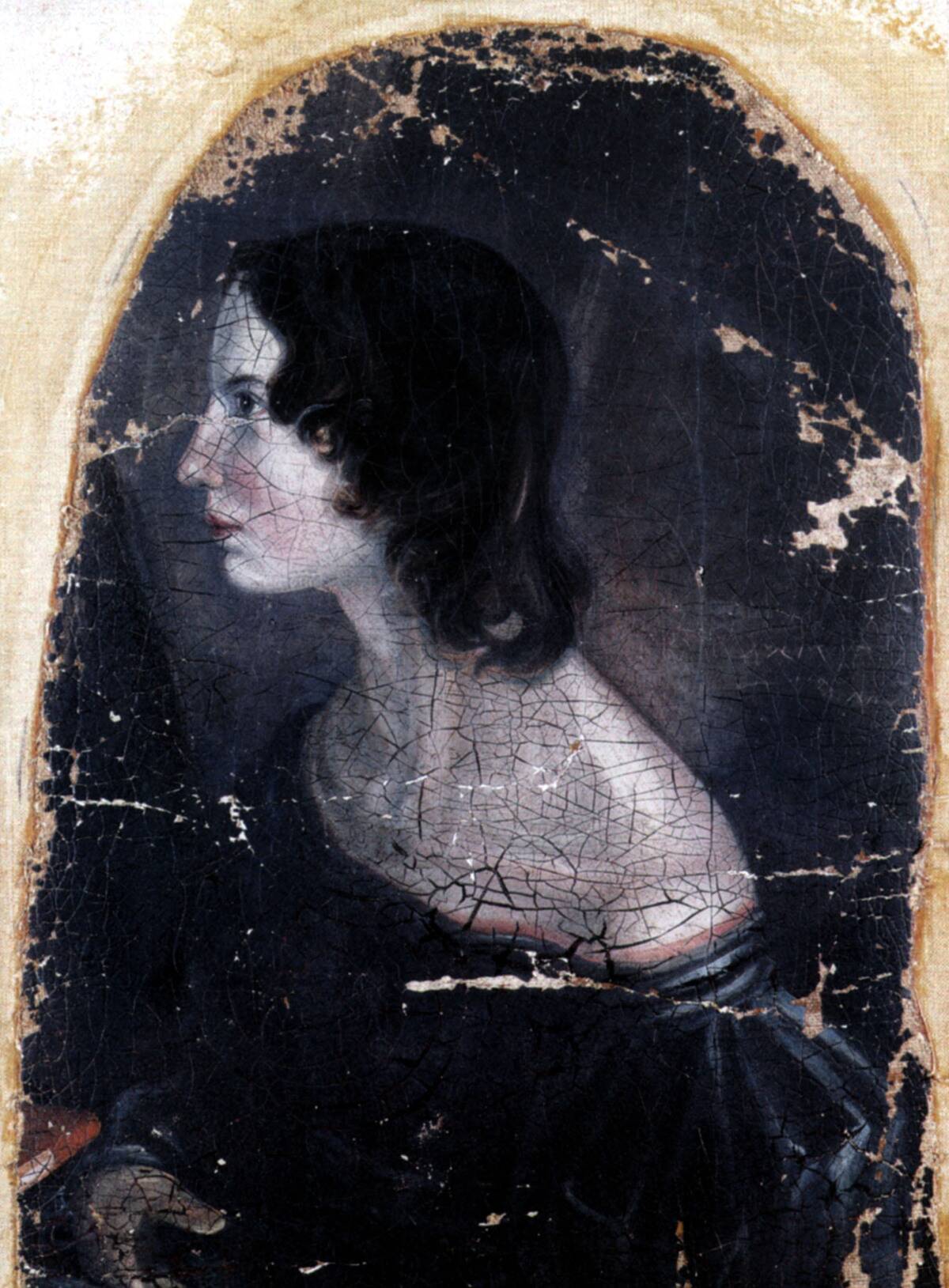
Emily Brontë, the reclusive author of Wuthering Heights, had a deep bond with her pets, particularly her dogs. Her beloved mastiff, Keeper, was a constant companion, offering comfort and loyalty.
Brontë’s connection with her animals was integral to her solitary lifestyle, providing companionship in the remote moors. Her devotion to her pets reflected her understanding of the profound emotional bonds that can exist between humans and animals.
Isaac Newton and His Beloved Dog, Diamond
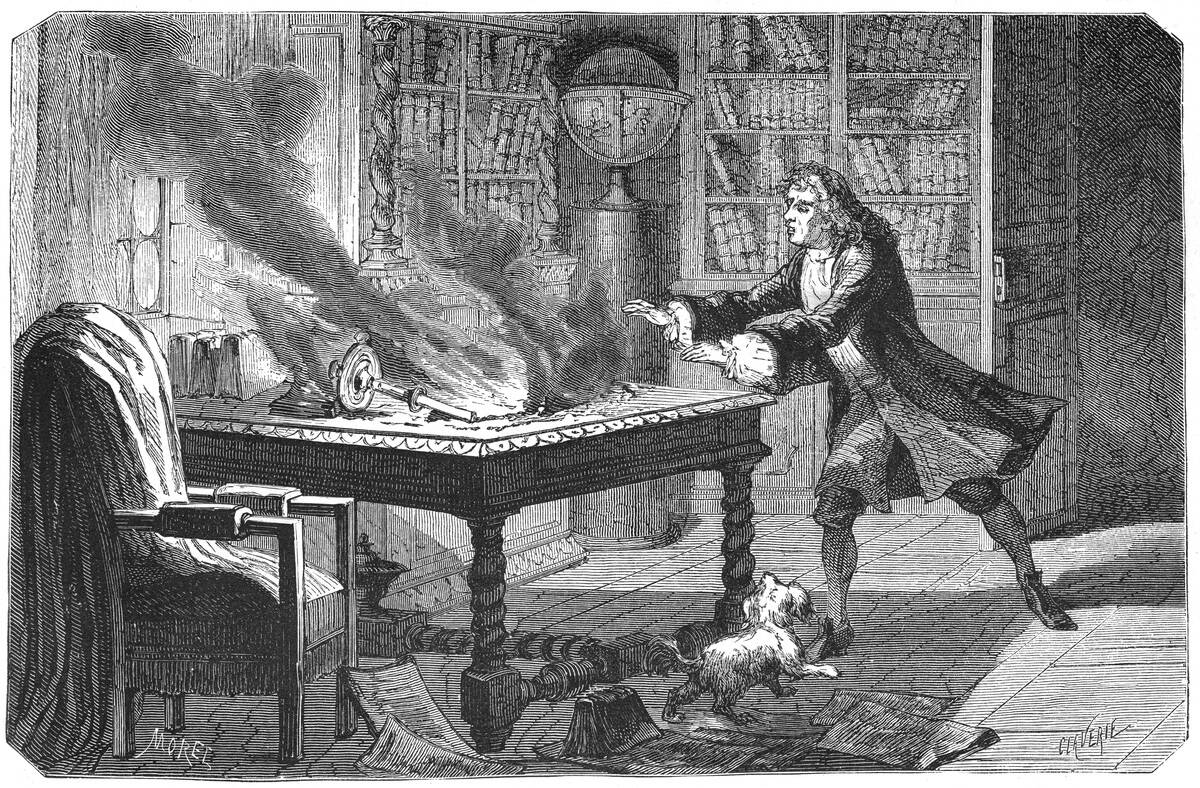
Isaac Newton, the eminent physicist and mathematician, shared a special bond with his dog, Diamond. Although stories about Diamond’s infamous mishap in Newton’s laboratory are likely apocryphal, the affection Newton held for his pet was genuine.
This relationship highlights Newton’s softer side, contrasting with his rigorous scientific persona. Diamond’s presence in Newton’s life emphasized the timeless connection between humans and their animal companions, offering comfort and companionship amid intellectual pursuits.



